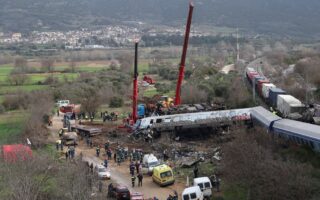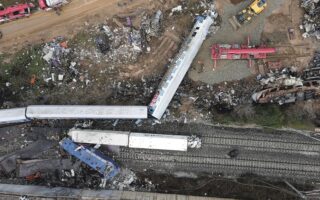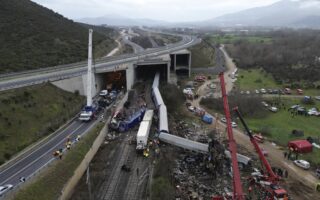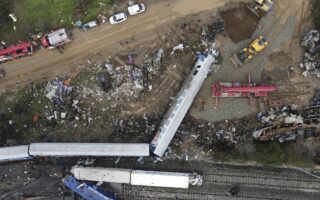The 2022 train accident that foretold the Tempe tragedy
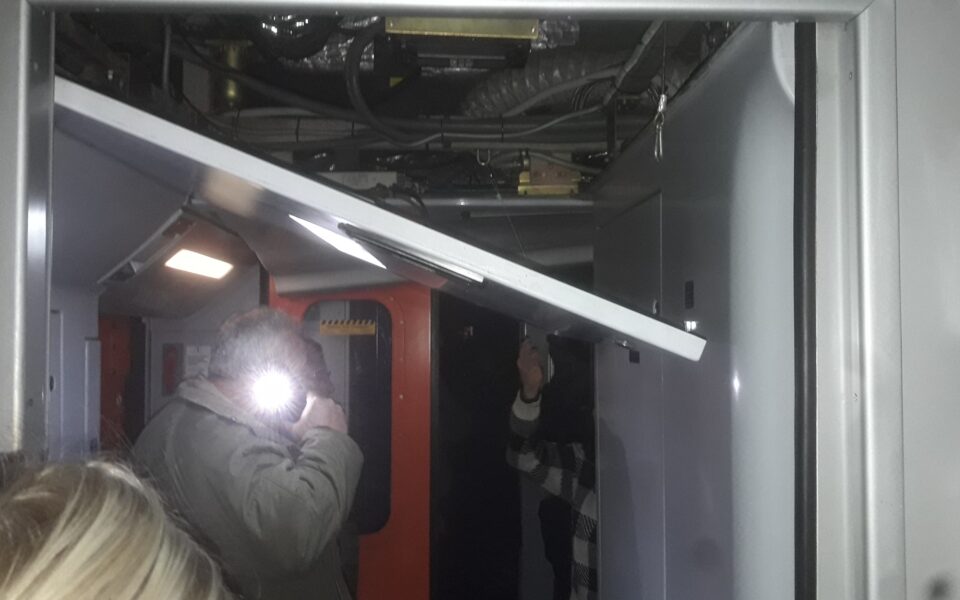
On the afternoon of January 24, 2022 – that is 13 months before the deadly railway disaster at Tempe last year – engine trouble brought the InterCity 54 passenger train to a halt about a kilometer and a half from Livadia station in the middle of a snowstorm.
The weather was too wild for the passengers to leave the train and be transported by bus, so a second locomotive was dispatched to the location some two hours later to clear the tracks and get the InterCity moving again. It was 7.45 p.m. when the locomotive crashed into the train because it was going too fast. At least six passengers were injured in the impact, none seriously, thankfully.
The incident was deemed serious and the Regulatory Authority for Railways (RAS) carried out an investigation. Its findings were compiled in a report published in May 2023 and which has been seen by Kathimerini. The events that transpired on that day, such as violations of the General Traffic Regulation and the speed limit by the locomotive, as well as the failure of Hellenic Train and the Hellenic Railways Organization (OSE) to coordinate their responses to an emergency, can be seen as harbingers of the oversights that led to the Tempe collision between a passenger train and a freight train on February 28, 2023, in which 57 people were killed.
Several passengers on the InterCity 54 that was hit by the locomotive filed lawsuits against the responsible parties soon after the accident with the Livadia First Instance Prosecutor’s Office. In their suits, they describe scenes of fear and panic, of falling passengers, after their train was rammed by the speeding locomotive from the rear. Yet even though two years have elapsed, the prosecutor’s criminal investigation into the incident has made little headway.
In an announcement, Hellenic Train – the Italian state-owned operator of Greece’s railways – blamed the incident on the icy condition of the tracks. The investigation by RAS, however, pointed out a series of oversights and violations both on the part of Hellenic Train and OSE, fining them a total of around 100,000 euros.
Hellenic Train was fined because the locomotive was found to have been traveling at 50 kilometers per hour, when the speed limit was a maximum of 40 km/h, and should have been even slower given the circumstances. The report also noted that the Italian company had failed to submit the data from the locomotive’s tachometer, which would have provided the exact speed it was traveling at during impact.
RAS also found that the stationmaster at Oinoi, north of Athens, had failed to issue a formal 1036 notice, which alerts drivers to the fact that a part of the track they are on is occupied. The orders were given verbally instead.
“According to the verbal order, the location lay around 1,500 meters away. We suddenly saw that we were much closer to the train’s tail. The brake was employed immediately, but we were unable to come to a halt,” one of the two drivers of the locomotive said in his testimony to RAS.
Apart from the OSE stationmaster’s failure to properly inform the locomotive drivers of the situation, RAS also blames the organization for failing to activate the emergency response plan, as called for in such situations. Asked by RAS to comment, a representative of OSE claimed that the management of the available resources had been “perfect,” while admitting that his statement may have seemed “paradoxical.”
